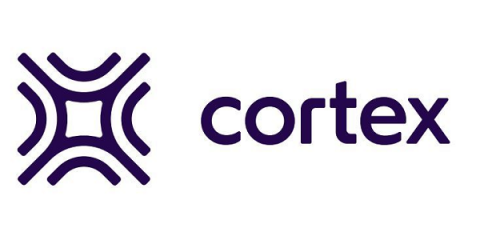What is Spotify Backstage?
You might have heard of Spotify Backstage (backstage.io), an open-source option for building internal developer portals. But what is Spotify Backstage? This article will help answer your questions about Backstage and explain important considerations to think about if you’re deciding whether to adopt in your team.










